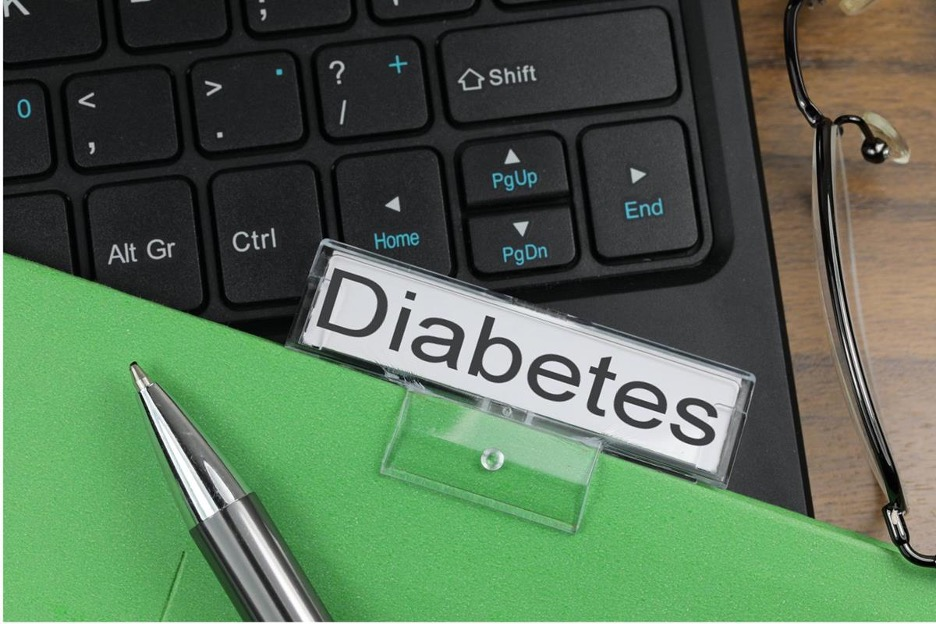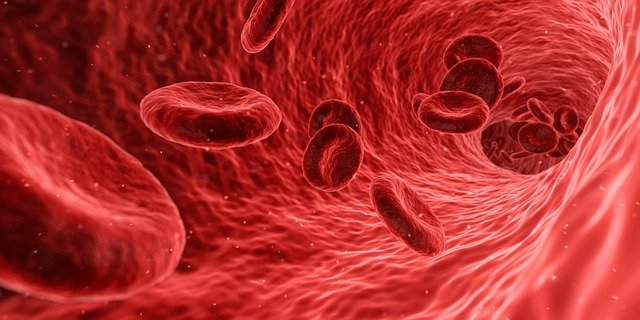What is a hba1c blood test?


A blood sugar test helps to determine your risk of diabetes. This is also used as the glucose monitoring device in people with diabetes.

Your body needs sugar to produce energy for everyday activities. This sugar comes from your food. However, the body has hormones to keep glucose within a given range. If these hormones fail, you become diabetic. If you are past 40, your physician may ask you to monitor your blood glucose levels regularly.
Do you need a test that can help you monitor your glucose level and give you a hint of upcoming diabetes? The HbA1c is such a test. To understand it, you must know the nature of the glucose levels in your blood.
The ideal HbA1c level for diabetes can reach 48 mg/m3 (9.3%). All are different. So the health department will determine a specific level that will be reflected in your current level and the date of your next test. You could reduce this at different stages but that would not be the biggest drop of all time. And that is nothing like being incredibly difficult. We know this may seem difficult, but we can help. The goal level is HbA1c and is a key factor in Type 2 diabetes. If you are told you are in danger, your concentration should not exceed 42 molmol/mol (42%) We also know more about the risk for type 2.
Usually, the direct glucose test measures the glucose in your blood (fasting is advised). This test measures the amount of glucose flowing in your blood. It results in milligrams of glucose per deciliters (mg/dL of blood. The values range between 70-99 mg/dL (fasting) to >140 mg/dL (2 hours after a meal) for a normal person. However, it is not the same for all. It depends on your age, health status, etc. This level will give you the current glucose in your blood.
Another type of glucose in your blood is attached to the haemoglobin present in your red blood cells. Haemoglobin is a red pigment present in the red blood cells. It is responsible for the transport of glucose throughout the body. Due to the attachment of glucose, the haemoglobin becomes glycated haemoglobin. The HbA1c test determines the value of this glucose. It gives results in percentages. So, a 5% HbA1c means 5% of haemoglobin in your red blood cells is glycated. The HbA1c means haemoglobin A1c.
Normally, you will return to normal glycemic balance if the diabetes is controlled by dietary changes to his body. Our researchers used a dose of 48 mg/mol (6.6%) or higher to determine whether there was remission. Type 2 diabetes remains an acute disease. This could continue lifelong and get worse as the years passed. That could change your future. Get the details on type 1 remissions for diabetes here. How do I convert HgA1c mmols/mols into % or vice versa is the right tool. Mmol/mol translates millimole as a unit of moles. For more information and our comprehensive guide to blood tests, click here.
The answer is simple. For a physician, your current glucose level may not be so important. He may be interested in your long-term glucose status. Additionally, if you do not have diabetes but are looking for a test that can highlight if you are pre-diabetic, HbA1c will be a good choice.
It is a more reliable tool to measure your average 3-month glucose levels in your blood. So, it may be a good tool for your healthcare provider because it is an objective measure over a long time and fasting and dietary factors have no influence on it. It can also tell you if you are potentially developing diabetes (prediabetic). It is not affected by day to day variations in your blood glucose levels.
HbA1c is called glycosylated haemoglobin or glycosylation. It occurs because sugar in our blood sticks to blood cells and causes damage. Your body cannot absorb sugar effectively, so the more sugar the is stuck inside your blood cells, the higher risk you are at of developing diabetes. This indicates a high percentage of red blood cells in the brain that are a good indicator to measure. A high hba1c indicates high levels of sugar on your body. You are prone to diabetes complications such as eye and foot problems. Knowing your HbA1c levels and reducing them is a great way to avoid serious illnesses. You have the right to have the HBA2c checked daily.
You can order your HbA1c blood test by clicking here. In contrast to the regular blood glucose test, the Hba1c doesn't require you to fast for hours. No other specific preparations are needed. A lab technician will need a sample from your blood for the test. This sampling may be painful but not more painful than agonies of diabetes, e.g., diabetic retinopathy, which may cause blindness.
After giving the blood sample, your job is over, and the lab technician's job starts. He will process your blood using several methods, e.g., affinity chromatography, immunoassay, capillary electrophoresis, high-performance liquid chromatography (HPLC) etc.
Then your results are delivered.
The interpretation of HbA1c is almost as simple as blood glucose levels. However, it gives results in percentages rather than absolute figures. If you do not have diabetes, your HbA1c values should range between 4 to 5.6%. If you are prediabetic and heading towards diabetes, your HbA1c range will be 5-7-6.4%. A diabetic person will have an HbA1c level of 6.5% or more.
The value tells you how much percentage of your haemoglobin is saturated with glucose. It can also help you to set targets for your glucose management. A person will type 2 diabetes (the most common type of diabetes) should aim to keep his HbA1c at 6.5%.

Biology is never 100%. So, your physician will have to consider several factors for a successful interpretation of results. It would be best if you understand the factors that could increase or decrease your HbA1c values besides your diabetes status.
A deficiency of iron and vitamin B12 can lower the production of red blood cells. You may find increased HbA1c values. The production of RBCs will decrease, and the few RBCs will have more glucose available per red cell. So your HbA1c value will increase. Conversely speaking, treatments for RBC deficiency can decrease HbA1c values.
Chronic liver disease will cause a reduced production of glucose from stored glycogen, and the HbA1c value will be lower.
Any abnormalities in your haemoglobin, e.g., methaemoglobin etc., may increase or decrease your HbA1c value.
The use of alcohol can lead to chronic liver failure. It will decrease your HbA1c values because glucose availability will be reduced.
If you have no spleen (due to surgical removal), the lifespan of your RBCs will increase. The increased lifespan will increase the chances of interaction between HbA1c and haemoglobin so that HbA1c increases.
A variety of drugs, e.g, aspirin, vitamins E and C, ribavirin etc may also influence your HbA1c. So, inform your physician if you are taking these medications.
The above discussion may have assured you that a complete solution to glucose level is at your hand. Wait a minute. The HbA1c test is not suitable for the following people;
· For young people and children
· For people having type 1 diabetes
· For the pregnant women (gestational diabetes)
· Patients with a damaged pancreas
· Patients who have any genetic condition that can cause a disturbance in the glucose levels
· Patients on steroid and emotional therapy
There is no substitute for health. Diabetes can significantly reduce the quality of your life. So, keep an eye on this hidden enemy. Besides a regular monitoring of blood glucose levels, undergo the HbA1c test regularly and consult your physician if you feel any problems.
A haemoglobin A2 test measures the blood glucose in a person's haemoglobin. Haemocytes carry oxygen from the lungs into other parts of your body. The HbA1C tests indicate how much glucose the haemoglobin has been in the last year. Normally, it's about three months since this is when red cells last for the longest time. If your blood glucose levels exceed 5%, you could be having diabetes. Other names: HbA1, A1c, glycohemoglobin's, glycated haemoglobins, glycine's, glycosylated haemoglobins.
There's no risk for blood tests. It can be slight pain at the site of injection, but the symptoms usually disappear immediately.
Hb A1C tests have been previously only subsidised in patients who had established diabetes. New insurance coverage allows HBAC to be performed in the diagnostic setting of diabetic patients. It will require a 6.5 percent (48 mmol/mol) test a year to make a diagnosis. The HbA1c test may be easier on patients than the Fasting glucose test or OGTT. This test requires no fasting and can occur any time of the day. This test cannot be administered to patients who are already suffering with other conditions such as severe kidney and liver diseases or certain blood problems.
As sugars circulate in blood, they bind with haemoglobin. These compounds are known by their names as haemoglobin A1c (Hb A1c). HbA2a metabolites are correlated to the glucose content in a human body. If you have poor control over glucose you will get elevated levels of glucose resulting in an increase of HbA1c. It's impossible to reduce HbA3c as the liver has been living for about three weeks. In other words, HbA1C is the average level of glucose in your body for the past two weeks. As glucose levels increase, the more glycosylation induced by haemoglobin.

Only patients with undiagnosed diabetes can have Type 2 Diabetes tested. These are patients with either. (ii) he/she may be diagnosed as being diagnosed with diabetes type 2. The risk for type 2 diabetes is 12 or more. Monitoring a person's blood sugar levels at least twice each month when they meet treatment goals and maintain stable glycaemic control. Medicare will cover 4 annual HbA1c test results.
Your blood can flow from your arm or you can use the blood of finger pricks in some instances.
CDC says adults under 45 need screening for diabetes or prediabetes. Unless you have a positive test result every two months it is recommended to repeat this test twice a year. If your results prove that you are a prediabetic person, you may need an annual check-upFV. Talk to your physician for advice in determining how to prevent diabetes. Depending on whether your risk factor falls below 45 is the most likely scenario. This includes the test every 3 years. You may even need a glucose tolerance test to test your blood glucose levels. This includes
For a full range of blood tests and medications, visit our Welzo Online Pharmacy Page. For more details on our HBA1C Blood Test, click here.
Plus get the inside scoop on our latest content and updates in our monthly newsletter.